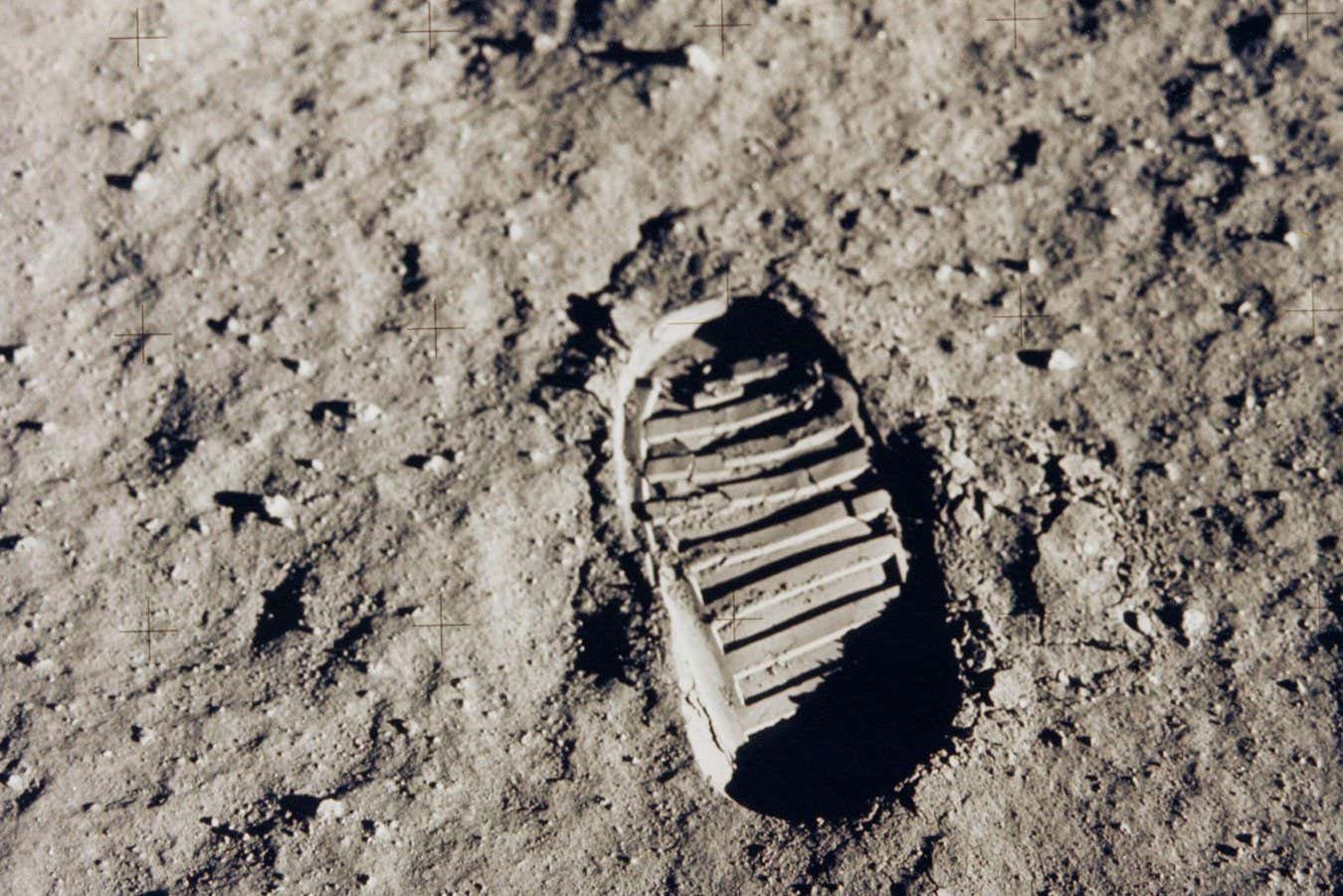Now Reading: Harnessing Lunar Dust: Scientists Explore Making Solar Panels on the Moon
-
01
Harnessing Lunar Dust: Scientists Explore Making Solar Panels on the Moon
Harnessing Lunar Dust: Scientists Explore Making Solar Panels on the Moon

Swift Summary:
- Scientists, led by Felix Lang at the University of potsdam, have developed prototype solar cells using moon dust and halide perovskite crystals.
- Moon dust, or lunar regolith, was melted into “moonglass,” which was layered with halide perovskite to form the solar cells.
- These prototypes achieved 12% efficiency despite not purifying regolith.Simulations suggest efficiency levels close to 26% might be attainable in the future.
- Perovskite cells are lighter and thinner compared to conventional silicon-based ones and require fewer materials for a given area, reducing payload weight for lunar transport.
- Melting regolith into moonglass could perhaps be done using solar heat via curved mirrors without specialized reactors.
- Scaling up moonglass production outside laboratories remains a challenge but has significant implications for future lunar infrastructure such as tiles and arrays of interconnected cells.
- This technology could also benefit space-based systems like satellites due to lower energy requirements for launches from the moon compared to Earth-based manufacturing.
Indian Opinion Analysis:
India’s growing interest in lunar exploration-highlighted by missions such as Chandrayaan-makes developments like moon-manufactured solar panels particularly relevant. If adopted effectively in international collaborations or indigenous efforts, this innovation could considerably lower costs associated with payload delivery from earth while supporting long-term sustainable bases on other celestial bodies.
For India’s space program under ISRO’s leadership, focusing on similar resource-utilization techniques may solidify its role in multispectral partnerships aimed at exploring space habitats efficiently. This also opens up avenues for private collaboration under initiatives like India’s Space Sector Reforms (2020), encouraging innovation-driven contributions toward space sustainability while keeping technological challenges manageable over time.

























